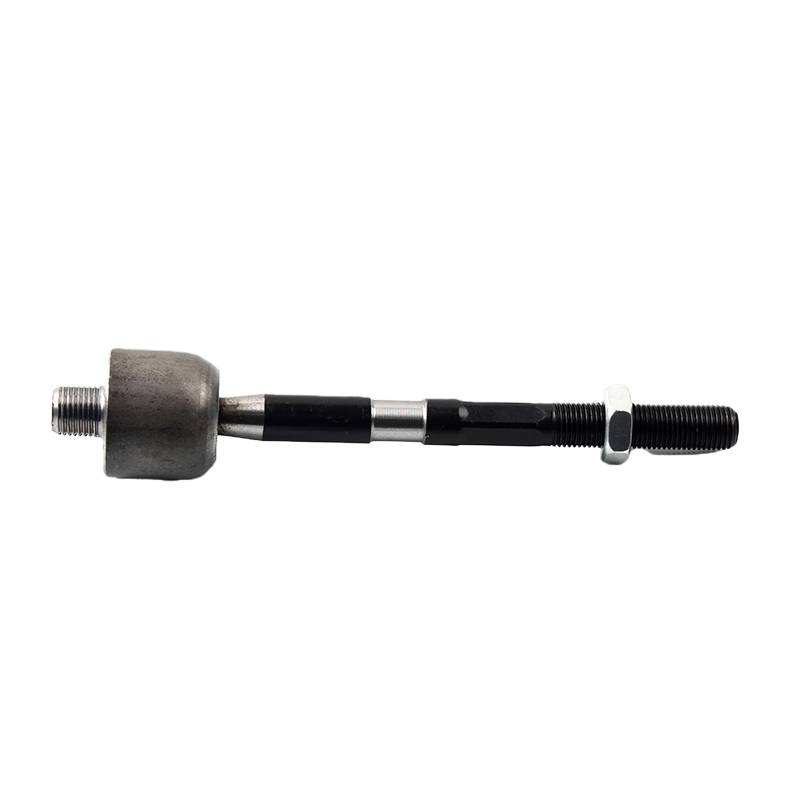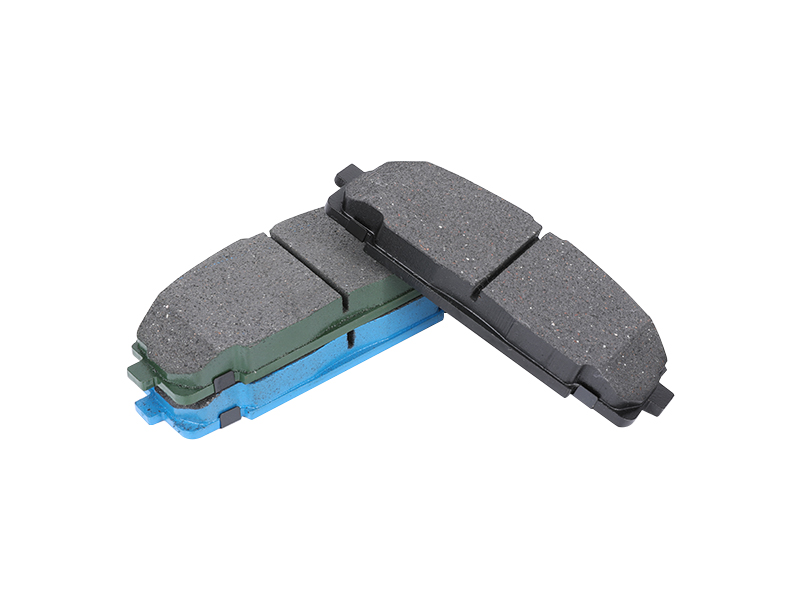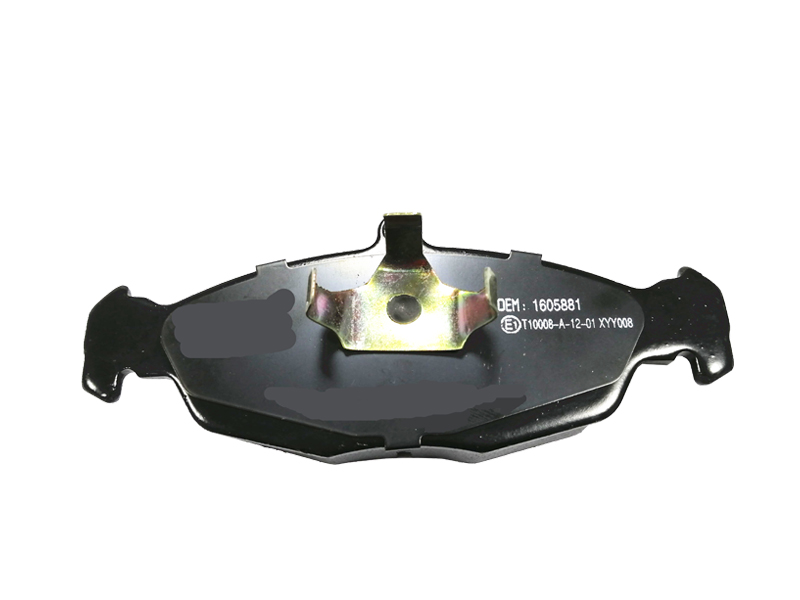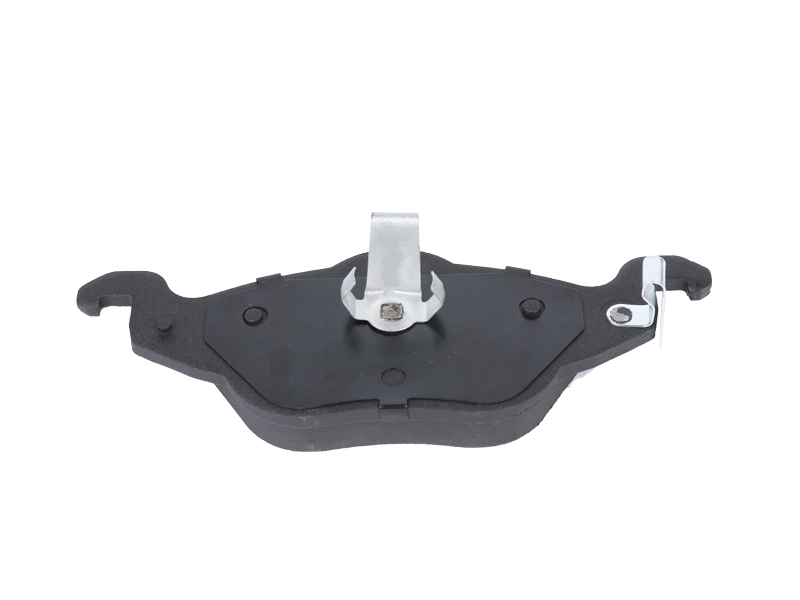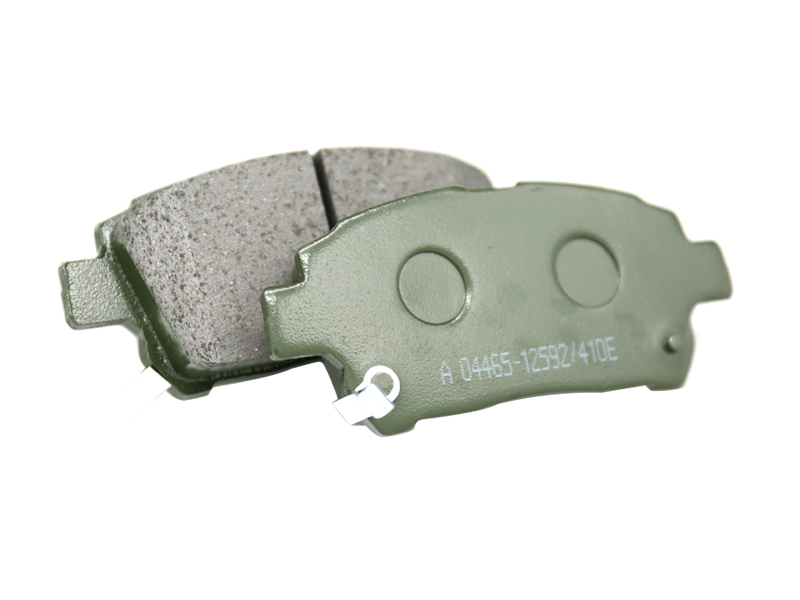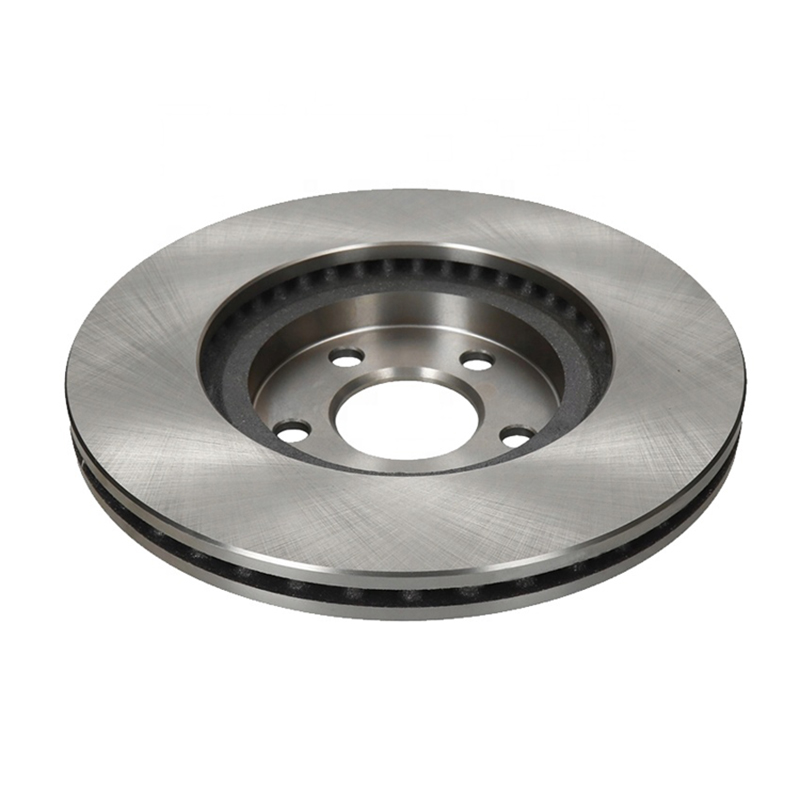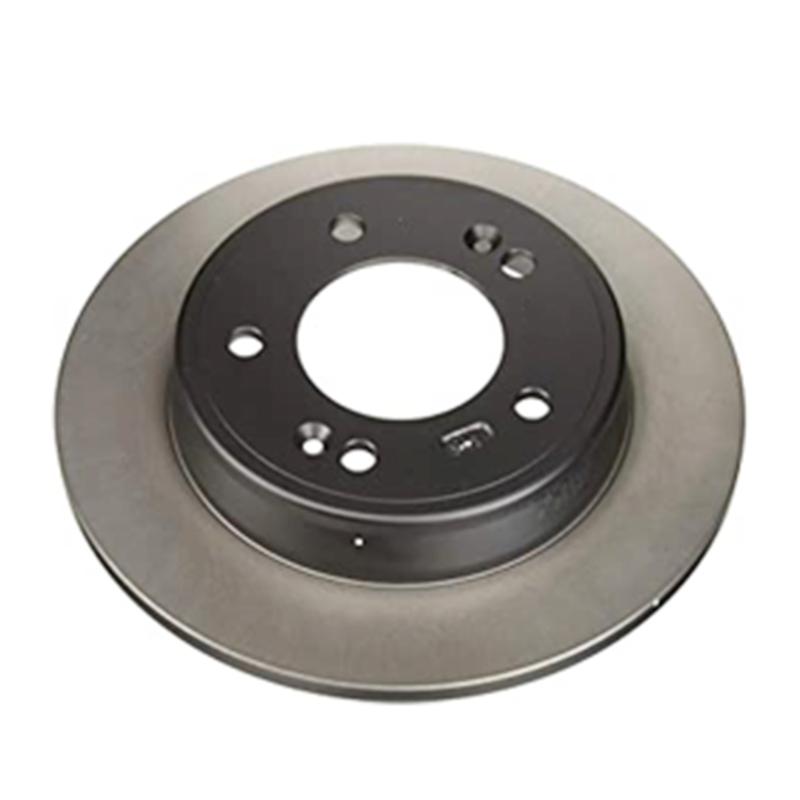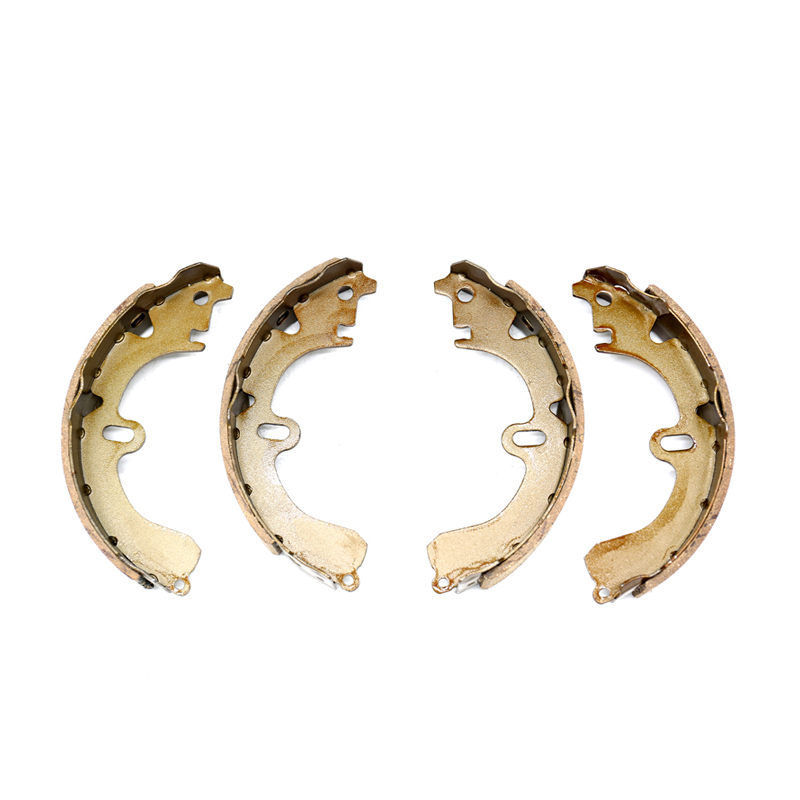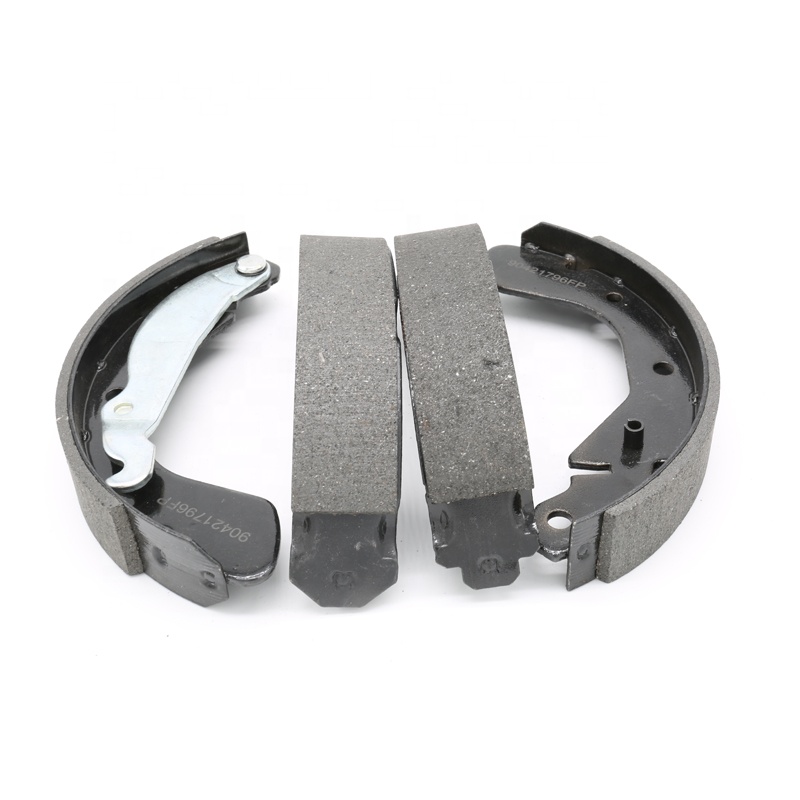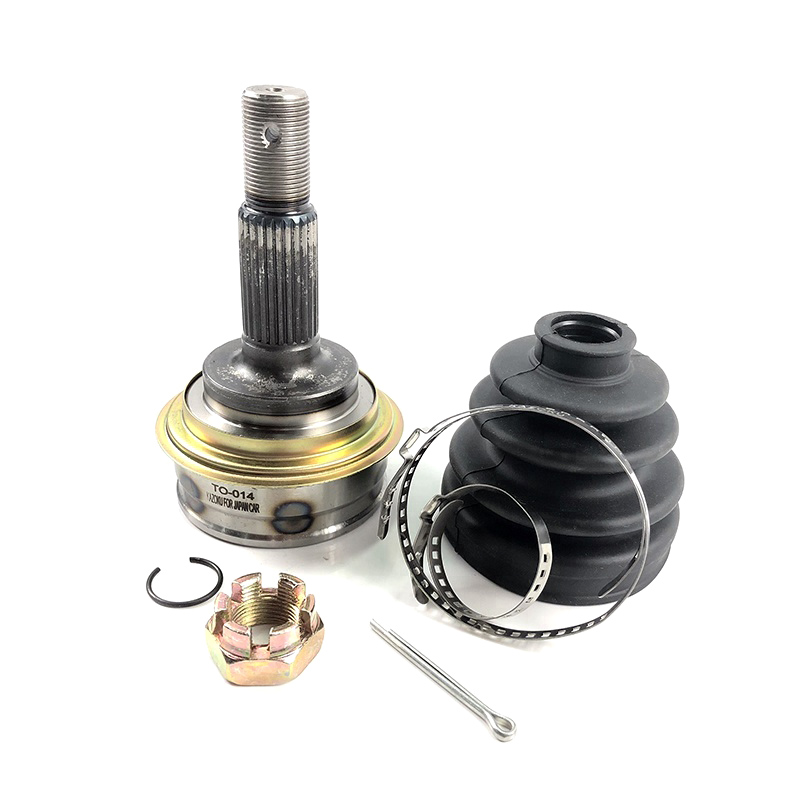Shock absorbers control and dissipate energy during motion by converting the kinetic energy associated with the movement of a system into heat energy. The primary function of a shock absorber is to absorb and dampen the energy generated by the oscillation or compression of a spring or the impact forces experienced by a vehicle or machine. The process by which shock absorbers achieve this involves hydraulic or pneumatic mechanisms.
Here's a general overview of how
shock absorbers control and dissipate energy:
Compression and Extension:
Shock absorbers are typically connected to a moving part of a system, such as a vehicle's wheel or an industrial machine component. When this part experiences compression (moves closer to the body of the vehicle or machine) or extension (moves away from the body), the shock absorber comes into play.
Hydraulic or Pneumatic Damping:
Most shock absorbers use hydraulic or pneumatic damping systems. In a hydraulic shock absorber, there is a piston that moves through a fluid-filled chamber. As the piston moves, it forces the hydraulic fluid (usually oil) through small passages or valves.
Damping Force:
The movement of the piston through the fluid generates resistance, creating a damping force. This damping force opposes the motion of the piston, and, consequently, the movement of the connected system (e.g., the vehicle's suspension).
Conversion of Kinetic Energy:
As the shock absorber converts kinetic energy into heat through the resistance generated by the hydraulic or pneumatic damping, the excessive motion or vibration of the system is controlled. The kinetic energy associated with the movement of the system is dissipated in the form of heat within the shock absorber.
Rebound and Compression Stages:
Shock absorbers usually have two stages: rebound (extension) and compression. During the rebound stage, the shock absorber controls the upward movement of the system, and during the compression stage, it controls the downward movement.
Adjustability:
Some shock absorbers are adjustable, allowing users to control the damping characteristics. This adjustability can be useful in tuning the vehicle or machine's suspension system to specific conditions or preferences.
Parallel or Series Arrangements:
In some systems, shock absorbers may be arranged in parallel or series to enhance damping capabilities and distribute the load more effectively.
In summary, shock absorbers control and dissipate energy by introducing resistance to the movement of a system, converting kinetic energy into heat within the shock absorber. The damping forces generated by the hydraulic or pneumatic mechanisms help improve the stability, comfort, and overall performance of vehicles, machines, and other systems by reducing excessive motion, vibrations, and impact forces.
